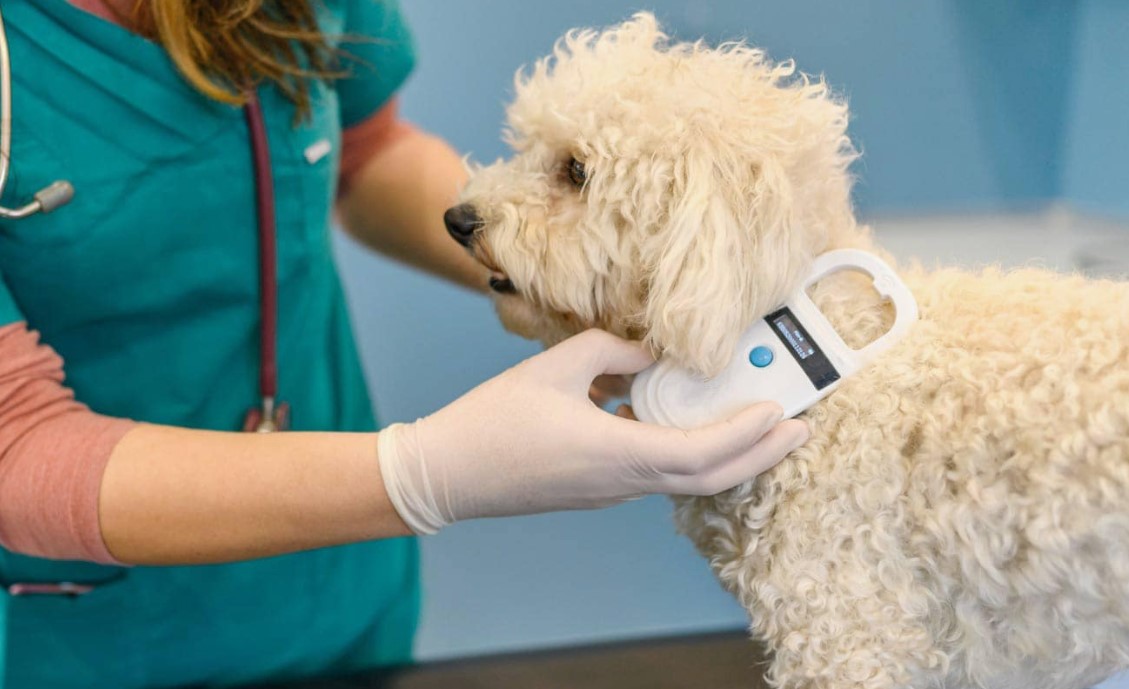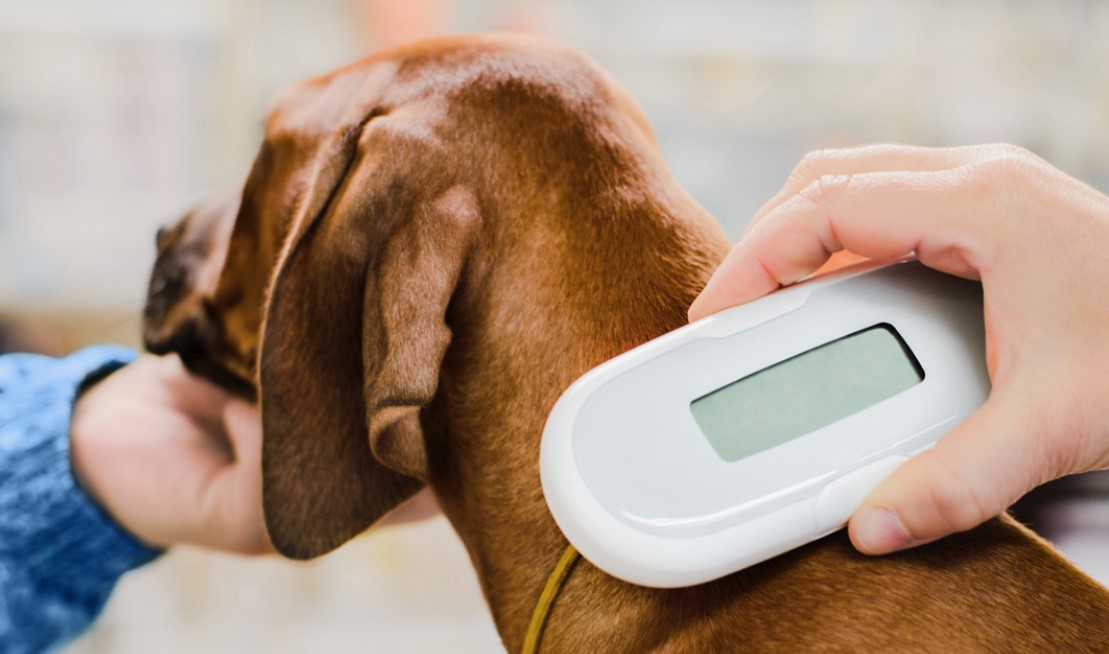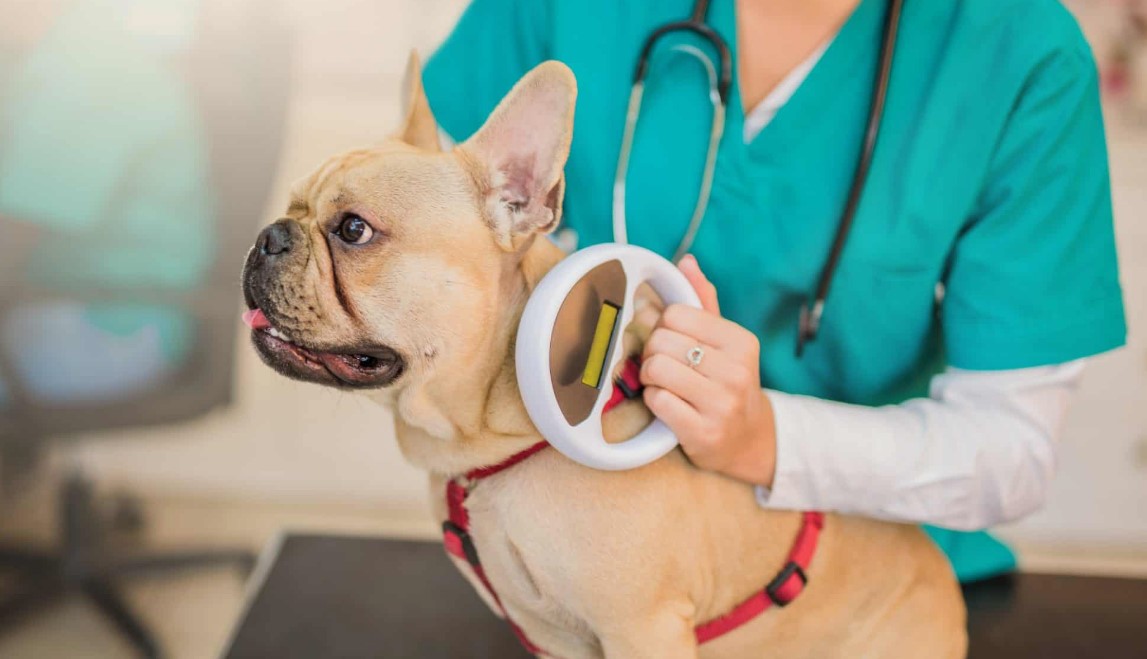As pet ownership continues to grow worldwide, the importance of responsible pet care becomes more prominent. A key aspect of responsible ownership is safeguarding pet health while ensuring that pets can be identified and reunited with their families if they go missing. Pet microchipping has emerged as one of the most reliable, effective, and permanent methods of identification, ensuring that pets have a higher chance of returning home safely. This article explores the pet microchipping process in great detail, discussing everything from the procedure and benefits to the responsibilities of pet owners and crucial aftercare tips.
What is Pet Microchipping?
Pet microchipping involves inserting a small electronic chip under the animal’s skin, typically between the shoulder blades. The chip contains a unique identification number that can be read using a special scanner. The ID number is then linked to the pet owner’s information in a national or international database. This ensures that, when a lost pet is found, the microchip can be scanned, and the owner’s contact details can be retrieved instantly.
Unlike traditional methods of identification, such as collars and tags that can easily be removed or lost, microchips are permanent. They remain in the animal’s body for its entire life and are tamper-proof, providing a reliable and long-lasting form of identification.

Why Microchip Your Pet? The Importance of Microchipping
The decision to microchip a pet is often driven by the desire to ensure their safety, but the advantages of microchipping extend far beyond that. Below are several compelling reasons why pet microchipping is essential for both pets and their owners:
1. Facilitates Quick Reunion of Lost Pets and Owners
One of the primary reasons for microchipping a pet is the possibility of reunification if the pet goes missing. Unlike traditional forms of ID, such as collars or tags, which can become damaged or lost, a microchip provides a permanent method of identification. If your pet is found, any veterinarian or animal shelter can scan the chip and immediately access your contact details, allowing for a quick reunion.
According to studies, microchipped dogs are 2.5 times more likely to be returned to their owners compared to non-chipped dogs. For cats, the likelihood is even higher—microchipped cats are more than 20 times more likely to be returned home.
2. Provides Important Medical Information
In addition to serving as an identification tool, a microchip can store vital medical information. This is particularly useful in emergencies when a pet’s medical records are not readily available. The microchip can store details about your pet’s vaccinations, allergies, and other health conditions, ensuring that veterinarians can provide the best possible care in urgent situations.
For example, in cases of allergic reactions or chronic conditions like diabetes, having access to medical history can be life-saving. This instant access to health information can expedite treatment, reducing the risk of medical errors.
3. Aids in International Travel and Compliance with Regulations
If you plan to travel internationally with your pet, microchipping may be a requirement. In the European Union, for example, pets must be microchipped to comply with regulations. The chip acts as a form of identification that ensures the pet has the necessary vaccinations and meets the health requirements of the destination country.
Travel regulations are becoming increasingly stringent regarding the transport of animals. Many countries require pets to have microchips before they can enter, and some even mandate specific chip types that meet ISO (International Standards Organization) requirements. Having your pet microchipped not only facilitates hassle-free travel but also helps avoid potential legal issues and quarantine delays.
4. Demonstrates Responsible Pet Ownership
Microchipping your pet reflects your commitment to responsible ownership. In many cases, microchips can help trace pets back to their owners, which is particularly important in cases of abandonment or neglect. Authorities can hold irresponsible owners accountable by identifying the owner via the pet’s microchip.
This can significantly reduce the number of stray animals on the streets and help combat the growing issue of pet abandonment. Furthermore, microchipping reduces the risk of animals being rehomed or euthanized unnecessarily, as their rightful owners can be located more easily.
5. Provides Proof of Ownership and Protects Against Theft
Pets, especially purebred dogs and cats, are sometimes targeted for theft. Microchipping acts as a safeguard in such cases because the chip provides indisputable proof of ownership. In cases where ownership of a pet is disputed—perhaps during a legal separation or in theft cases—a microchip can verify the rightful owner.
For show animals and rare breeds, the chip also ensures that no illegal substitutions occur during competitions. Without a microchip, your pet may not be allowed to participate in prestigious shows and exhibitions, as this method of identification has become standard practice.
6. Durability and Lifelong Protection
Unlike other forms of identification that may require replacement or upkeep, microchips are designed to last for the entire lifespan of your pet. They are compact, about the size of a grain of rice, and do not require batteries. Once inserted, the chip functions reliably without the need for maintenance or replacement. Its location under the skin ensures it does not cause discomfort or interfere with your pet’s daily activities.
7. Simplifies Veterinary Record-Keeping
Veterinarians can use microchips to simplify the management of your pet’s medical records. By scanning the chip, they can quickly access your pet’s vaccination history, treatments, and health records, making routine visits and emergency care more efficient. This makes it easier to ensure that pets receive appropriate vaccinations and treatments on time, ultimately contributing to better overall health and wellbeing.
8. Legislation and Social Responsibility
In some countries, microchipping is mandatory for all pets. This not only ensures the pet population is controlled but also helps prevent the spread of diseases like rabies by making it easier to track the vaccination status of each pet. Mandatory microchipping also makes it harder for pets to be abandoned or stolen without consequence, as owners are directly linked to their pets through the microchip.
The Microchipping Procedure: What to Expect
Microchipping is a simple and quick procedure performed by a veterinarian. The process typically takes only a few minutes and is relatively painless for the pet. Below is a detailed step-by-step explanation of the microchipping process:
1. Initial Health Examination
Before the microchip can be inserted, the veterinarian will conduct a thorough health check to ensure your pet is fit for the procedure. The pet must be free of any illnesses, skin infections, or parasites like fleas or worms. The health check ensures that the pet will not experience complications during or after the procedure.
2. Microchip and Transponder Testing
Once the veterinarian confirms that the pet is healthy, they will test the microchip to ensure it is functioning correctly. The microchip contains a unique identification number that must be verified before implantation. This is done by scanning the chip and confirming that the data matches the information on the chip’s packaging.
3. Preparing the Implantation Site
The implantation site, typically located between the shoulder blades, is cleaned and disinfected to minimize the risk of infection. This ensures a sterile environment for the procedure.
4. Insertion of the Microchip
Using a specialized applicator, the veterinarian inserts the microchip under the skin. The procedure is similar to a standard injection and causes little discomfort for the pet. Most pets do not even require anesthesia, although a numbing agent may be used for extra-sensitive animals.
5. Final Scan and Documentation
After the chip is implanted, the veterinarian performs a control scan to verify that the microchip is correctly positioned and functioning. The chip’s unique identification number is then recorded and registered in an official pet database along with the owner’s contact details. This information will also be added to the pet’s veterinary passport or medical records.
6. Post-Procedural Care
Following the procedure, pets may be required to wear a protective collar for a few days to prevent them from scratching or licking the injection site. The area should be monitored for signs of infection, such as redness or swelling, though complications are rare.

Post-Chipping Care and Monitoring
While microchipping is a straightforward procedure, it is essential to follow a few basic aftercare steps to ensure your pet’s comfort and health:
– Monitor the Injection Site: After the microchip has been implanted, keep an eye on the injection area for any signs of redness, swelling, or irritation. If these symptoms persist or worsen, consult your veterinarian immediately.
– Avoid Bathing or Scratching: Pets should not be bathed or allowed to scratch the area for at least three to four days after the procedure. Using a protective collar can help prevent the pet from licking or biting at the area.
– Routine Check-Ups: During regular veterinary visits, it’s a good idea to have the chip scanned to ensure it is still functioning correctly. While the chip is designed to last a lifetime, checking it periodically will provide peace of mind.
Contraindications and Considerations
While microchipping is a safe and widely recommended procedure, it is not suitable for all pets. There are a few contraindications to be aware of:
– Infectious Diseases or Acute Illness: Pets suffering from infectious diseases or acute illnesses should not undergo microchipping until they have fully recovered.
– Skin Allergies or Conditions: Pets with chronic skin diseases or allergies should consult with their veterinarian before microchipping. In some cases, these conditions can complicate the healing process.
– Very Young or Old Pets: Puppies must be at least one month old before they can be microchipped. Similarly, very elderly pets with weakened immune systems or health issues may not be ideal candidates for microchipping.
– Parasites and Skin Infections: Pets infested with external or internal parasites should be treated before undergoing the procedure. It’s crucial to eliminate any parasites to avoid complications during and after the procedure.
Conclusion: Microchipping as a Lifelong Commitment
Pet microchipping is a small step that offers immense benefits, from reuniting lost pets with their families to providing veterinarians with vital medical information. It is a practical, durable, and safe form of identification that lasts for the lifetime of your pet, making it one of the most responsible choices a pet owner can make.
By ensuring your pet is microchipped, you are taking a proactive step toward safeguarding their wellbeing and ensuring they have the best chance of returning home safely if they ever get lost. Additionally, microchipping demonstrates your commitment to responsible pet ownership, helping to reduce the number of strays and abandoned animals in communities worldwide.

Snowboarder, risk-taker, ukulelist, Eames fan and typography affectionado. Acting at the crossroads of beauty and mathematics to craft experiences that go beyond design. I prefer clear logic to decoration.
